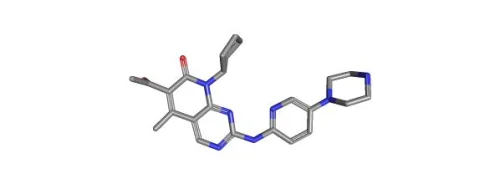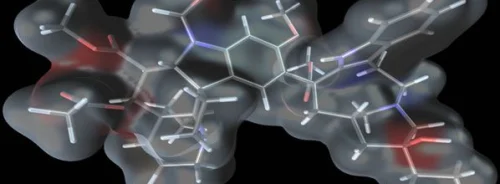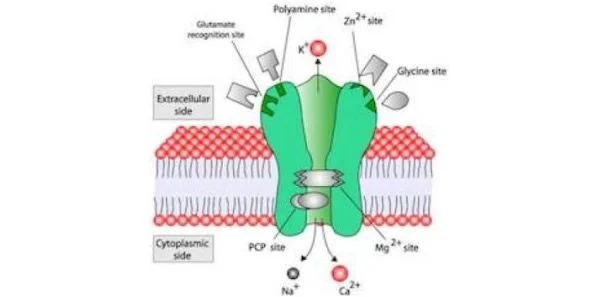During the 1990s, a class of drugs was identified as showing promise is the area of stroke. NMDA receptor antagonists were found to limit damage to the brain in animal models of stroke. However, the drugs were not tested in a clinical setting because of their side effects which included disorientation and hallucinations. Researchers have now found a potential path around this obstacle. The research has been published in Neuron.
"We have found
neuroprotective compounds that can limit damage to the brain during ischaemia
associated with stroke and other brain injuries, but have minimal side
effects," says senior author Stephen Traynelis, PhD, professor of
pharmacology at Emory University School of Medicine.
These neuroprotective
compounds are most active when the pH is lowered by biochemical processes
associated with injury of the surrounding issue. This is the mechanism of
action that could be useful in several conditions such as stroke, traumatic
brain injury and subarachnoid haemorrhage.
The researchers found
that in a mouse model of ischaemic stroke, a NMDA receptor antagonist called
93-31 reduced the volume of damaged brain tissue by more than half. It also did
not lead to the side effects associated with other NMBA receptor antagonists.
The drugs phencyclidine (also called PCP) and ketamine are NMDA receptor antagonists and block all subtypes of NMDA
receptors. This is what is believed to account for their psychoactive side
effects. NMDA receptors are found on the surface of brain cells and play an
important role in processes such as memory formation.
In patients affected by
stroke or traumatic injury, the environment in the brain tissue becomes acidic
because of a lack of oxygen and the build-up of metabolites such as lactic
acid. Also, NMDA receptors get overstimulated by an increase in the
neurotransmitter glutamate.
93-31 is ten times more potent at pH 6.9, typical
for ischaemic tissue with an insufficient brain supply, than at pH 7.6 which is
close to the value for healthy brain tissue.
According to the researchers, NMDA receptor antagonists, if used in the
right dose, can be active in the injured areas of the brain.
Researchers tested
93-31 on mice trained to press a lever when levels of PCP declined. When 93-31
was substituted with PCP, the mice did not perceive 93-31's subjective effects
to be similar enough to PCPs and did not respond the same way. Doses of 93-31
that had a positive effect in the stroke model did not impair coordination or
motor function. The mice were still able to hold onto a turning rode compared with
mice who were dosed with other NMDA receptor antagonists.
While 93-31's
pharmaceutical profile may not be optimal for further development, a related
drug candidate, an analogue of the compound identified in this research, is
being developed as a preventive measure for people who experience subarachnoid haemorrhage.
Safety studies are being conducted and an Investigational New Drug Application
is expected to be filed with the FDA later in 2015.
Source: Emory Health
Sciences
Image Credit: Emory Health Sciences






